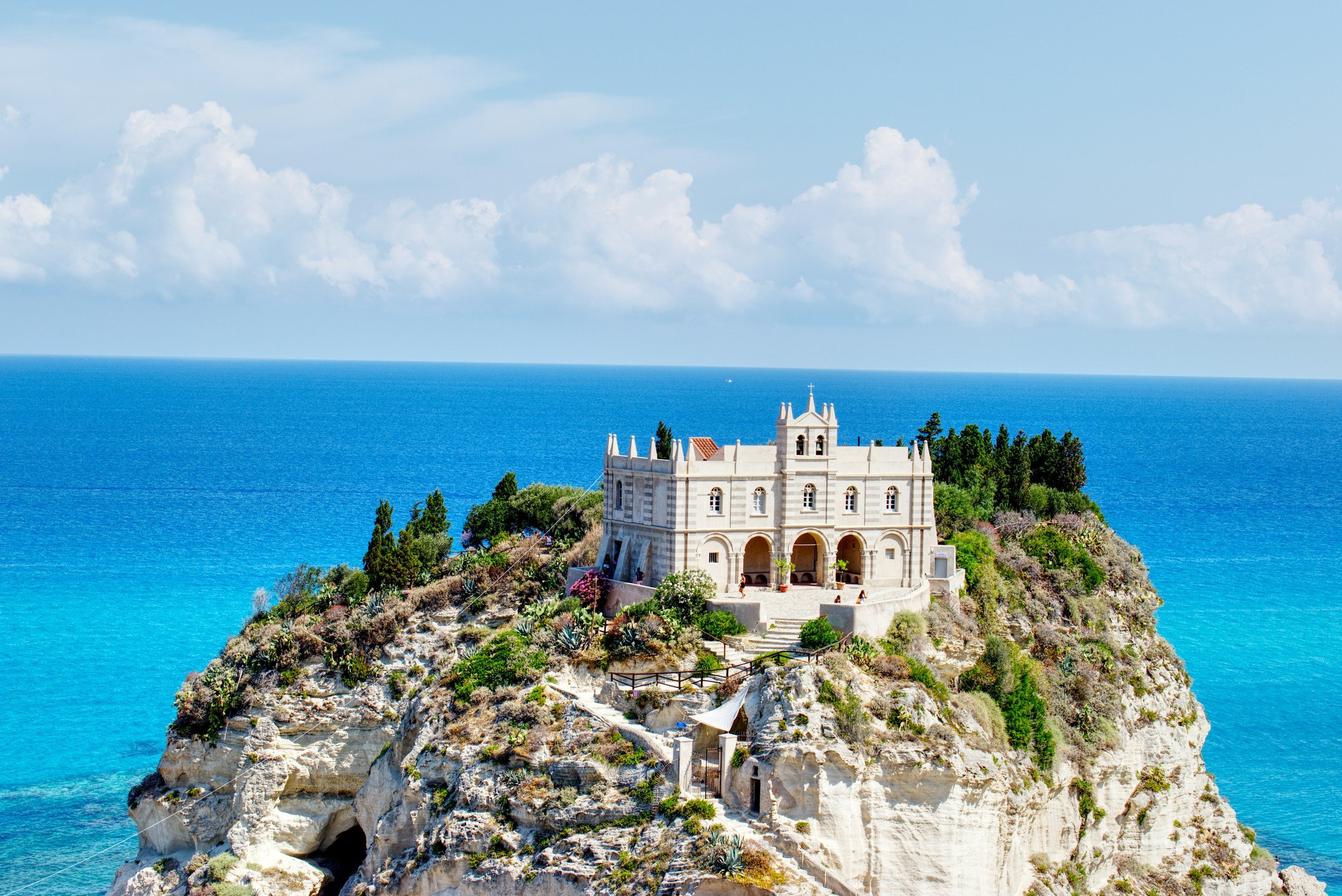What Makes a Good Neapolitan Pizza... and What Doesn't
time to debunk the myths cursing the making of an authentic Neapolitan pizza
Aside from all the subtle technicalities, a fool-proof appreciation of a Neapolitan pizza should rest on three main areas: the dough, the toppings, the oven.
The AIRY dough
An authentic Neapolitan pizza dough is the result of four essential ingredients - flour, water, salt and yeast. Nothing else.
The way these ingredients are kneaded and bound together will determine whether or not you get the right dough. The flour, to begin with, has to be the right kind: the 00 or 0 type. Why? Well, the double 0 refers to a highly refined flour (how much it has been ground) which provides the just right resistance for leavening. Any other type of flour results in a dough that is either too fluffy or too flat.
If we consider the whole pizza making process, the ultimate goal is to help the dough become alive with air. Getting air in the dough is not as easy as it sounds. Neapolitan pizza makers rely on three different techniques.
One - Kneading
Italian pizza makers apply the stretch-fold-and-roll method - the dough is stretched then folded and finally rolled to permanently embed the air. This is done over and over again until the dough looks and feels ready.
Two - Hydration
The right hydration. Neapolitan tradition has established that a perfect pizza dough should have 65% hydration. This means that for 1 kilo of flour the dough should have 0.65 liters of water - getting the right hydration is another crucial step as it contributes to building the perfect air-bubble prone environment for the dough. In other words, it allows the dough to create the kind of environment that will attract all the air it needs.
Three - Rising
The rising time. The rising time is equally essential for a well made dough. The dough will build its porous structure (which it is possible thanks to its maglia glutinica - gluten mesh) only if it sits between 16 and 24 hours.
Maglia glutinica is the gluten mesh A RISING dough should build
All of these actions are taken to give a pizza one of its most crucial features - alveolatura. This fancy word refers to the internal net of pores a pizza should have when served on your plate. It is this air bubble structure that will provide the pizza with everything that is good about it - the cloud-soft inside and the tenderly crunchy outside lightning its texture and enhancing its flavor.
Alveolatura - the Internal net of air bubbles a Real Neapolitan Pizza Should feature




The fake Neapolitan Pizza
A flat or even a fat, air-deprived dough is exactly what a Neapolitan pizza is not about. When you look at a slice of pizza sideways and you see a chunky, stodgy dough or a wafer-thin and rickety-looking thing, you know someone fobbed off a fake Neapolitan pizza on you.
MInd the toppings
Mind the Toppings
Needless to say a careless choice of toppings can spoil any perfectly made dough. If you consider traditional Neapolitan pizzas, they are a very simple thing. They like an incredibly small array of products - real Italian mozzarella (or rather as the Italian call it fior di latte) San Marzano tomatoes, basil and Extra Virgin Olive Oil.
Steering away from these ingredients means not making a Neapolitan pizza. It’s as simple as that. As for the mozzarella, this important ingredient should be handled with care. A Neapolitan pizza should feature a golden ratio of mozzarella and tomatoes - the white cheese and the red tomatoes should coexist in harmony. Pizzas all covered in a single mozzarella sheet that can be lifted like a shield hiding a squelchy , sweet tomato sauce are definitely a no no.
Of course other toppings are possible - sausage, meat, different types of cheese , you name it. As long as these toppings are of high standard. Also, when it comes to vegetables, pizza makers should stick to this basic rule- All vegetables must be well cooked beforehand. They should taste good before they can be used as toppings. A pizza maker baking a pizza covered with raw pieces of bell pepper, eggplant or zucchini is not doing any justice to its craft.
The LOWERED Vault BRICK Oven
The crunchy crust and the tender inside of a Neapolitan pizza is not going to happen without placing your pizza in the right oven - the Neapolitan brick, wood-burning oven. This is a one-of-a-kind oven whose main feature is its lowered vaulted dome. The ingenious idea originally came from the ancient Romans and its main purpose is to enable the oven to reach the perfect baking conditions - temperatures of 350-400°C (662-752°F) and steady air circulation. Electric ovens or even barrel vault ovens lengthen the pizza cooking time making your pizza look and taste more like a cracker than anything else.






















